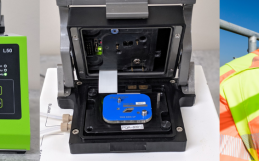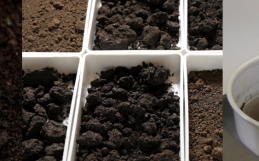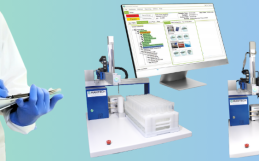Treatment Plants Are Under Pressure
Municipal utility operators work tirelessly to provide clean, safe water to help protect the environment and their community. Naturally, water is often full of contaminants that can cause lasting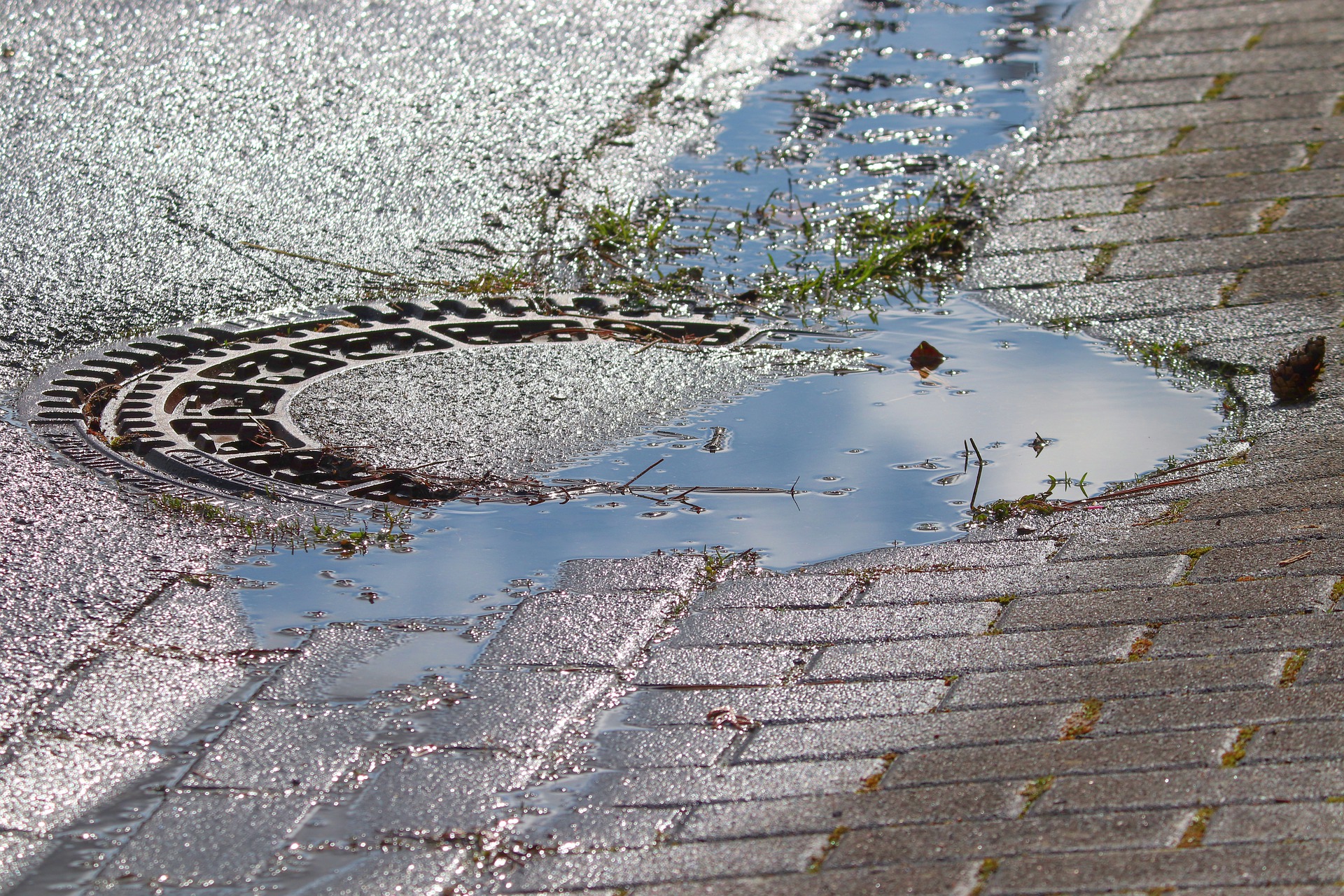
At MANTECH, we recognize the challenges operators face with time-consuming, hazardous, complex and frankly outdated test. The PeCOD® Analyzer provides rapid, accurate and reliable chemical oxygen demand (COD) and biochemical oxygen demand (BOD) results in 10-minutes versus the standard 5-day wait. The PeCOD® Analyzer utilizes a UV-activated nanoparticle TiO2 (titanium dioxide) to produce hydroxyl radicals for an advanced oxidation process (AOP). This patented technology rapidly oxidizes all organics without the need to digest hazardous chemicals (dichromate, mercury, etc.,) for 2+ hours.
How to Eliminate Bottlenecking in Treatment Process
Consumption of untreated water can be toxic and contain chemicals and germs such as arsenic, lead, and salmonella. Therefore, water from weather events, manufacturing operations, wildlife, and other sources need to go through a rigorous and regulated treatment process. One of the main components of wastewater treatment is the bulk organic loading, which we test for using chemical oxygen demand (COD) and biochemical oxygen demand (BOD). 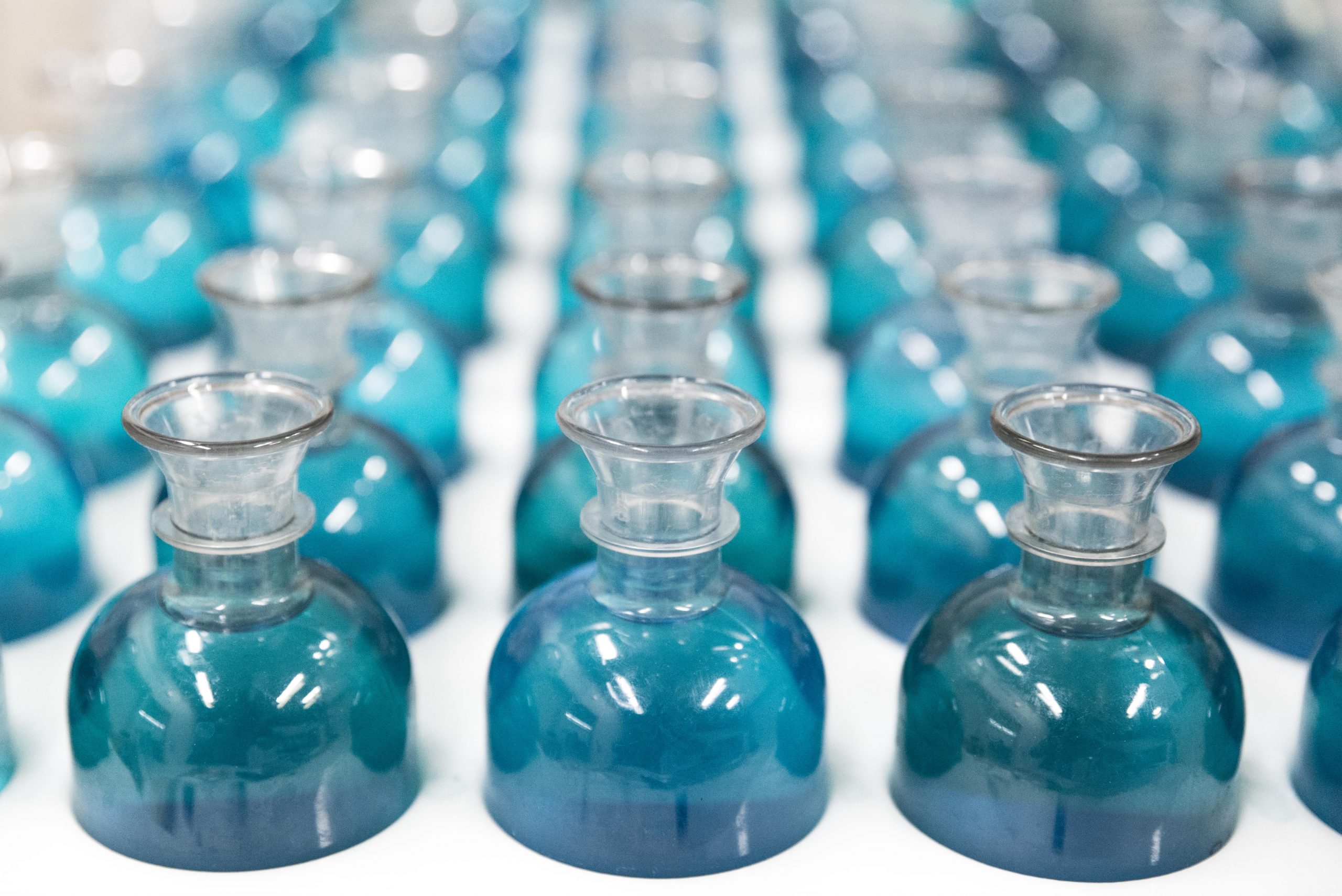
Wastewater treatment involves numerous processes which in combination achieve the desired water quality objectives. There are 4 basic methods of water treatment: physical, mechanical, biological, and chemical. In some treatment processes, untreated water must sit in holding tanks while the BOD testing can occur. This can pose a problem for operators as the water is sitting there and unforeseen weather events can overload the already limited capacity. With the PeCOD® Analyzer, operators can efficiently measure and estimate BOD in 10 minutes and make decisions, therefore, reducing the amount of wait time while also allowing operators to divert the extra water to free up the existing capacity without expanding their infrastructure. Additionally, this will increase operational efficiencies as operators will now be able to focus their resources and time on other tasks.
Industrial Facilities Putting PeCOD® to Work
The PeCOD® Analyzer is an ideal solution for industrial clients who produce wastewater in their production process or have on-site wastewater treatment operations. For example, the brewing industry can produce 5 to 10 litres of wastewater for every litre of beer that they package and sell! Flying Monkeys, a brewery in Barrie, Ontario, added the Benchtop PeCOD® L50 to their in-house laboratory. Due to rising demand, Flying Monkeys were forced to halt production as their holding tanks for wastewater were already at maximum capacity. Because of this, Flying Monkeys sought out alternative methods to wastewater treatment. After implementing the PeCOD® into its production process, operators started to notice significant efficiencies. There were evident reductions in time between sampling and getting a result, as well as a significant reduction in water use during production. “Changing to the PeCOD® was a game-changer,” mentioned one of the technicians in the in-house laboratory, “The PeCOD has assisted greatly in bringing awareness to all of our operators and how their water usage during brewery activities can influence the overall picture of our end effluent.” By getting the results into the hands of operators in minutes rather than day, Flying Monkeys was able to optimize its production process and increase operator efficiencies. To read our interview with Flying Monkeys, click here.
Because of the PeCOD® 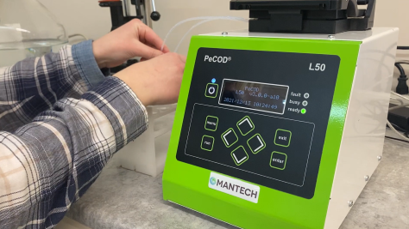
Contact Us Download our PeCOD Brochure



